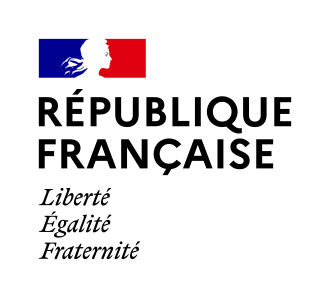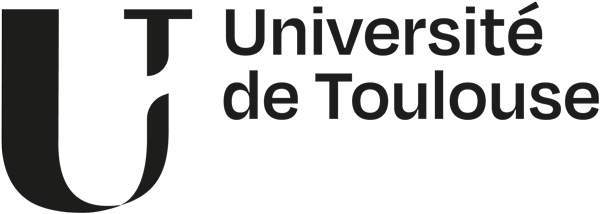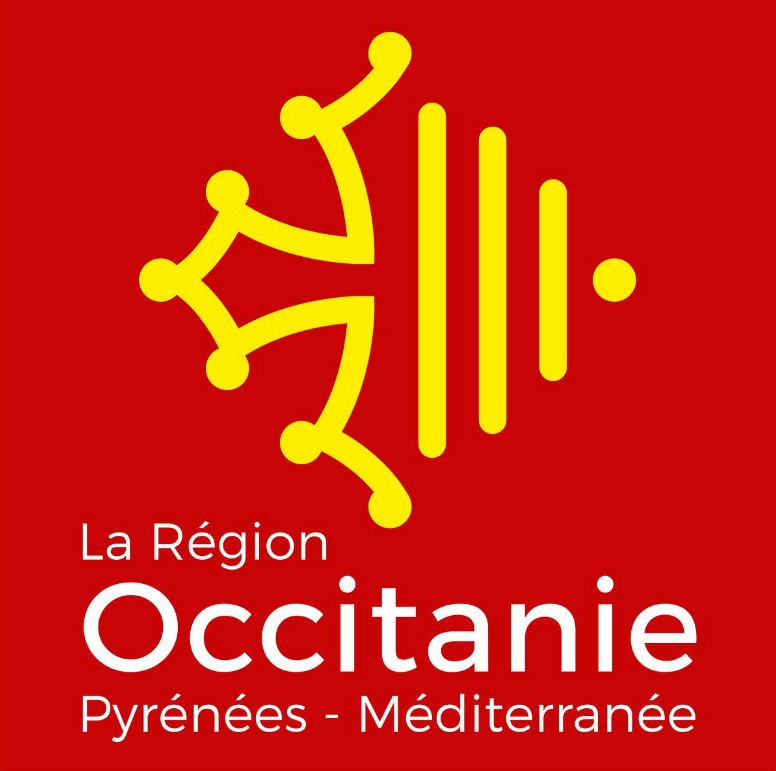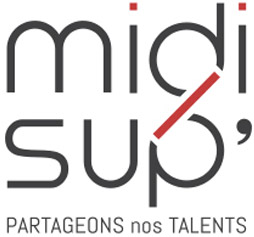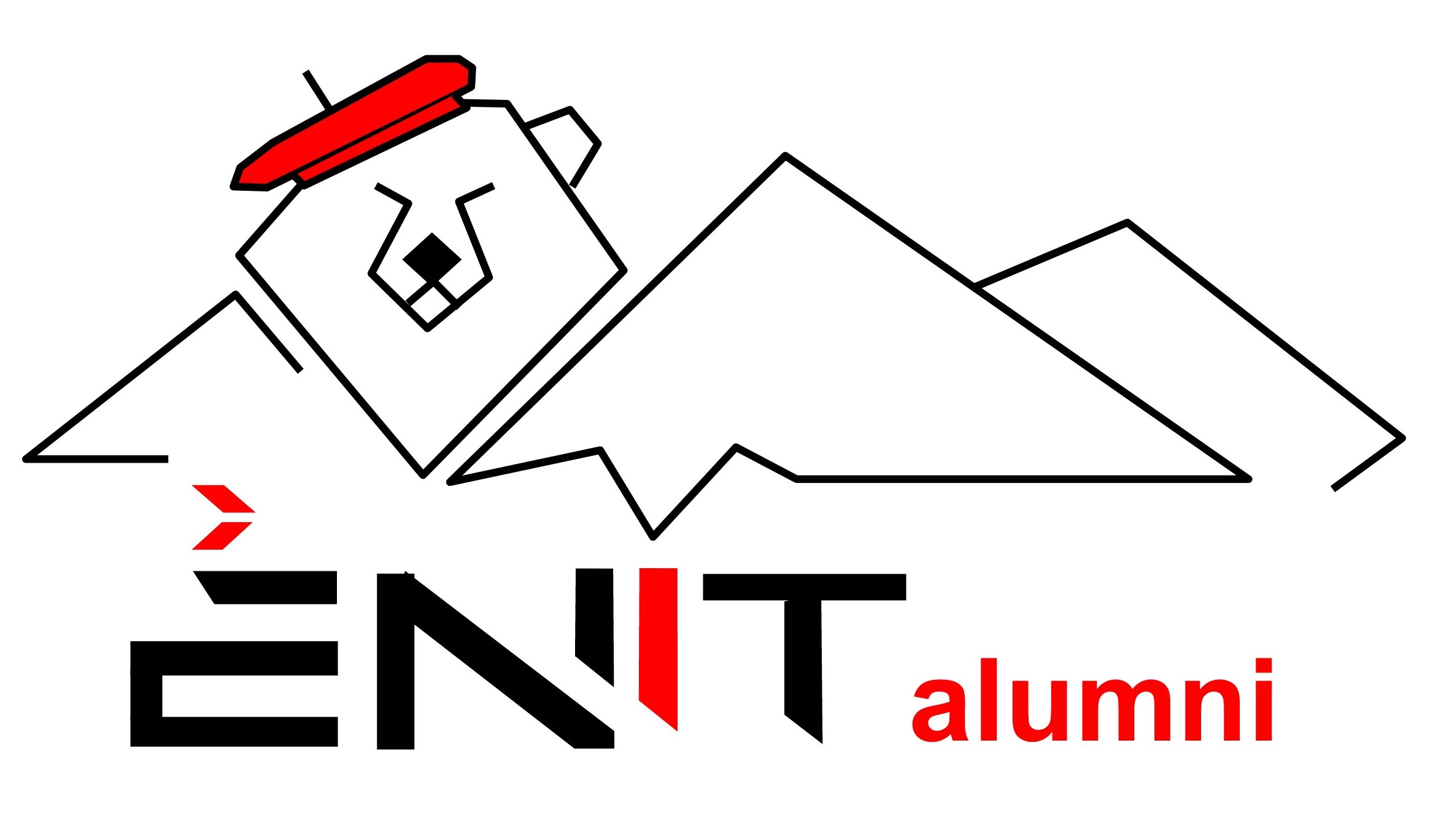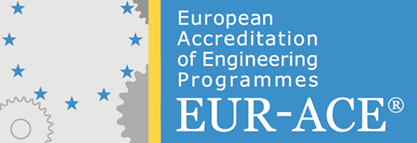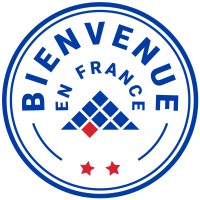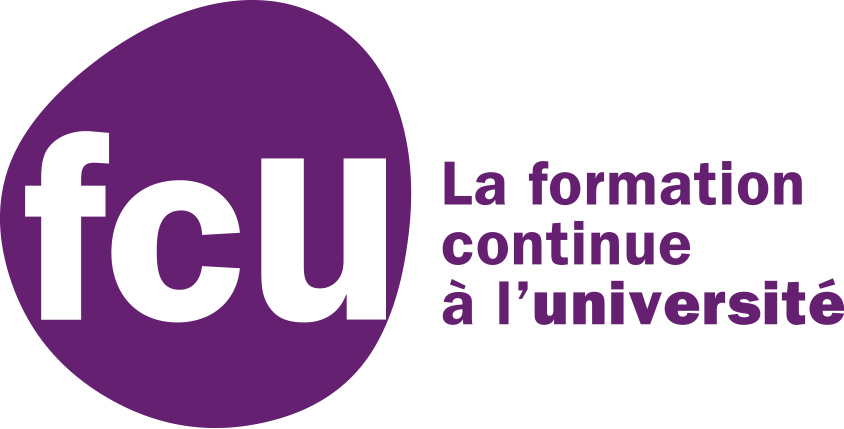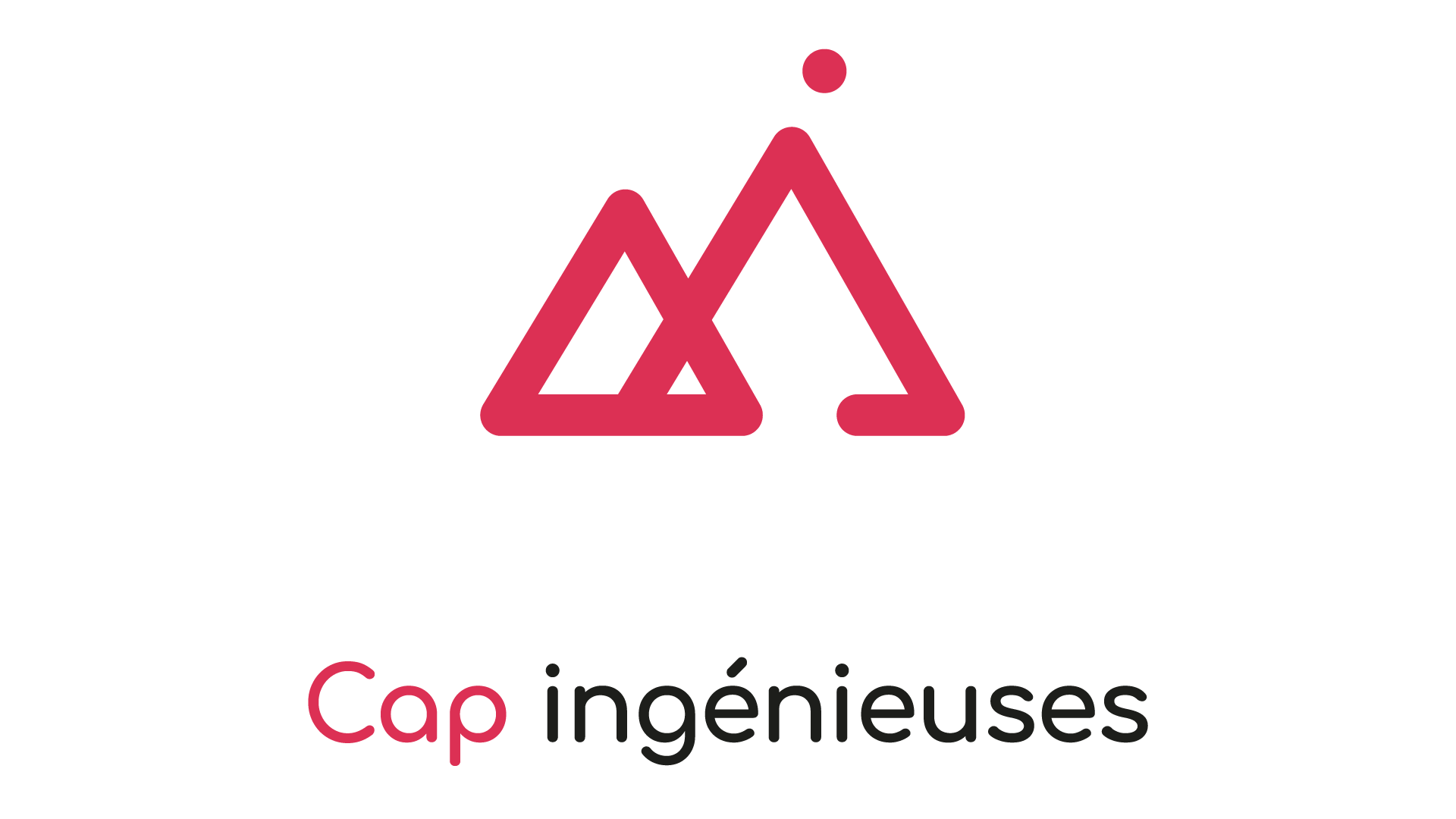EC0906OP0705GM - OPTIMISATION DES PROCEDES DE COUPE
Objectifs
L'objectif de cet enseignement correspond à l'apprentissage des méthodes de simulation et d'optimisation des procédés d'usinage par coupe. Cela concerne les différentes techniques de modélisation (analytique et numérique) des phénomènes thermomécaniques lors de la formation du copeau, de la stabilité dynamique de la coupe, et des démarches expérimentales d'optimisation des conditions de coupe (COM normalisé, etc.). Les assistances en usinage (JEHP, cryogénie... ) seront notamment décrites selon les cas d'application et les aspects usure de l'outil et intégrité de la surface usinée seront explicités
A l'issue de cet enseignement, l'étudiant sera capable d'identifer les méthodes applicables d'optimisation selon les objectifs d'amélioration du procédé d'usinage.
The objective of this teaching corresponds to the learning of simulation and optimization methods of the machining processes by cutting. This concerns several techniques of modelling (analytical and numerical) of the thermomechanical phénomena during chip formation, dynamic stability of the cutting (chatter), and the experimental approaches of cutting conditions optimization (TMC standard, etc.). Assistances in machining (JEHP, cryogenics, etc.) will be described according to the application cases. Tool wear and surface integrity of the machined surface, in particular, will be explained.
At the end of this course, the student will be able to identify the apllicable optimization methods according to the improvement objectives of the machining process.
Présentation
- Phénomènes thermomécaniques lors de la formation du copeau
- Modélisations de la coupe (analytique et numérique)
- Stabilité de la coupe et méthode des lobes de stabilité
- Méthode du Couple-Outil-Matière (NF E66-520-#)
- Différentes assistances à la coupe (JEHP, cryogénie, vibratoire)
- Usure et intégrité de surface
- Thermomechanical phenomena during the formation of the chip
- Cutting modelization (analytical and numerical)
- Stability in machining and method of stability lobes (flop bifurcation)
- Tool-Material Couple method (NF E66-520- #)
- Different assistances to the cutting (JEHP, cryogenics, vibratory)
- Tool wear and surface integrity
Pré-requis obligatoires
Méthodes de fabrication (tournage, fraisage, perçage... Outils coupants, paramètres de coupe, outillage), Usinage Haute Performance (S7), Mise en oeuvre des machines-outils à commande numérique, mécanique des fluides, vibration des structures, calcul scientifique
Examens
(1*DS1+1*TP1)/2
TP1 : Travaux Pratiques 1
DS1 : Devoir Surveillé 1
Syllabus
- Manufacturing automation : metal cutting mechanics, machine tool vibrations and CNC design, Y. ALTINTAS, Cambridge University Press, Bibliothèque ENIT 621.9 ALT.
- Fraisage à Grande Vitesse, H. SCHULZ, Technologie d'aujourd'hui, Bibliothèque ENIT 671.35 SCH.
- Norme AFNOR NF E 66-520, Couple Outil-Matière, Vol. 1 à 6, 1999.
- Matériaux pour outils de coupe, F. BAGUR, Techniques de l'Ingénieur, BM 7 080.
- Fundamentals of machining and machine tools, Winston A. KINGHT & Geoffrey BOOTHROYD, Taylor and Francis, Bibliothéque ENIT 671.35 BOO
- Cryogenic manufacturing processes, I.S. Jawahir, H. Attia, Biermann, J. Duflou, F. Klocke, D. Meyer. S.T. Newman, F. Pusavec, M. Putz, J. Rech, V. Schulze, D. Umbrello, CIRP Annals - Manufacturing Technology, Volume 65, Issue 2, 2016, Pages 713-736
En bref
Langue d'enseignementFrançais
Contact(s)
Composante
ENI TARBES

